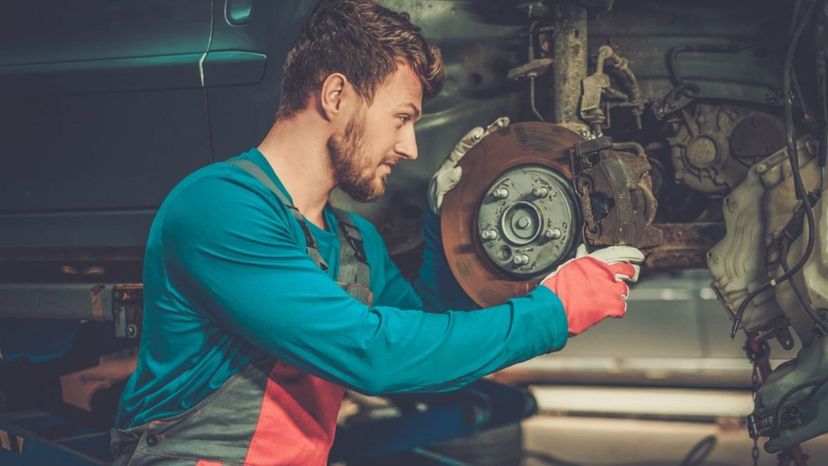
About This Quiz
Discs, drums, lines, master cylinders - to many people these are mysterious words and even more mysterious in their operation. It might as well be magic that brings their car to a halt, because they don't have the slightest idea how everything works.Â
Most people just press on their brake pedal without a second thought, unless there's a problem. If you've ever pressed on the brake pedal and felt zero resistance, you know how that can make you panic in a hurry. Those kinds of situations are avoidable, if you care for your brake system and maintain it properly. If you're not like the average car owner, you know when you should do what with the brakes. You also might have a thorough understanding of the different components present in modern brake systems, plus how they operate.
You might even be one of those handy sorts who does your own brakes when it's time for them to be serviced. If you are, you'll ace this!
There's also emergency brakes, brake boosters, ABS, and so many other technologies involved in braking systems for cars. It's an exciting field, for the right person.
Just how much do you really know about braking systems for cars? Test your knowledge now to find out.
Advertisement
Advertisement
Advertisement
Advertisement
Advertisement
Advertisement
Advertisement
Advertisement
Advertisement
Advertisement
Advertisement